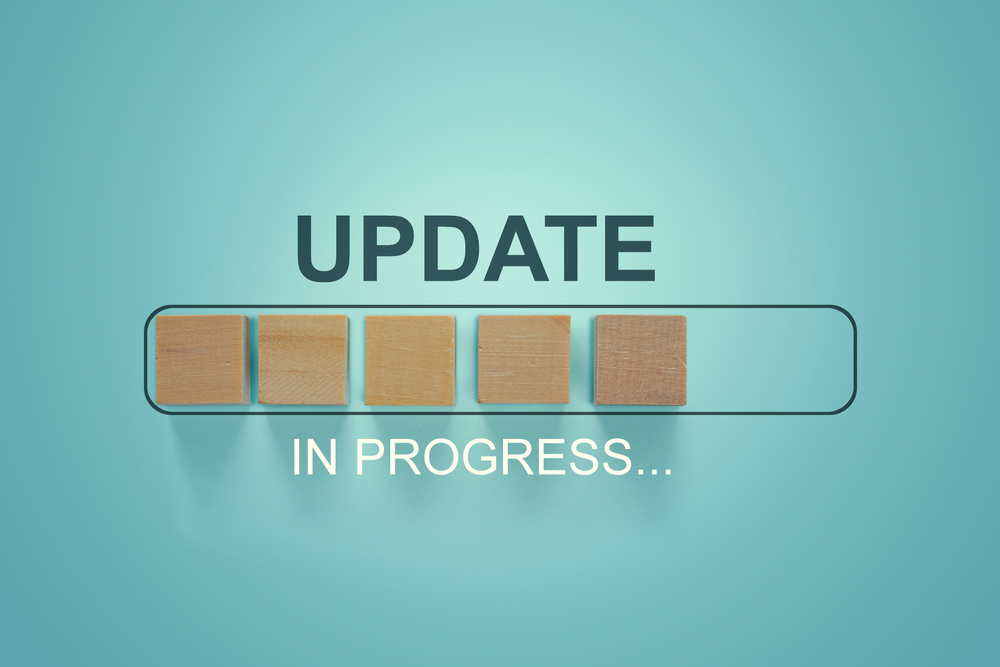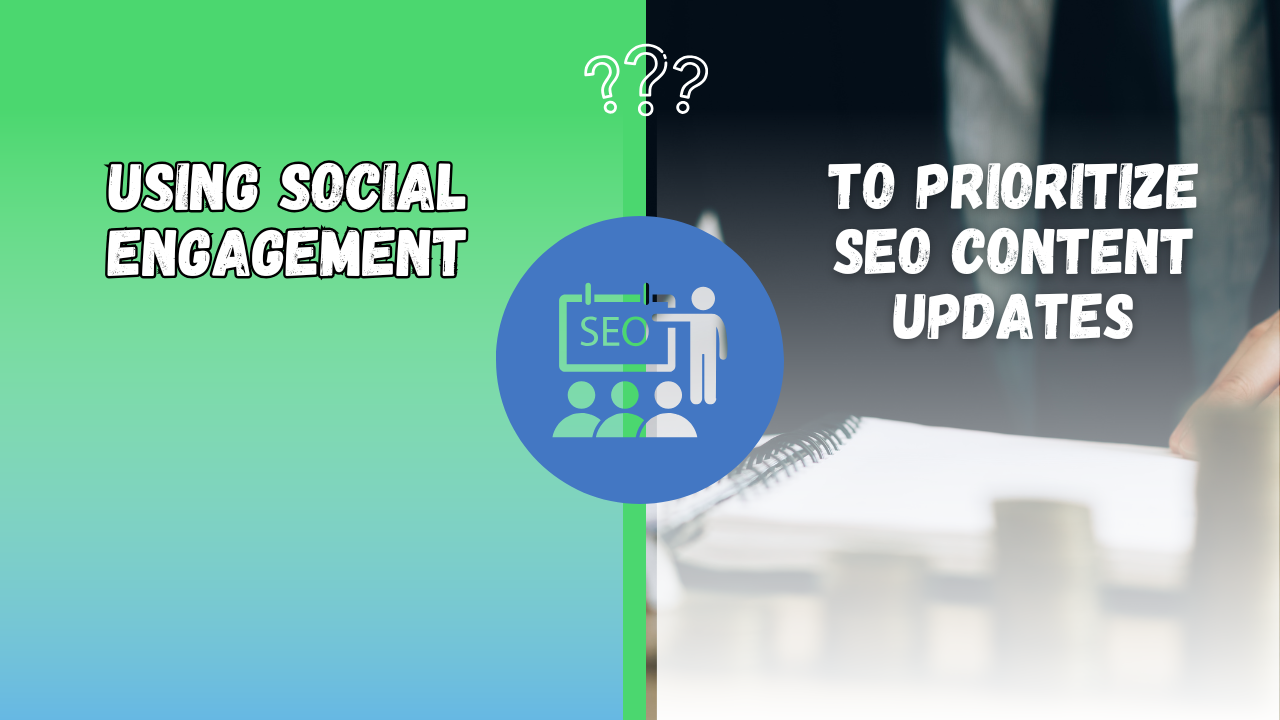I. Introduction
Search engines evolve, user behavior shifts, and what was once trending can quickly fade into obscurity. That's why keeping SEO content updated is no longer optional—it's essential. Updating content boosts visibility, improves accuracy, and enhances user experience.
Today, one of the most overlooked yet powerful ways to determine what to update lies within social engagement. Comments, shares, and likes aren't just for vanity—they're clues.
What if your audience could tell you what content needs updating—without saying a word? That's exactly what social engagement reveals.
II. Understanding Social Engagement Metrics
Social engagement refers to how users interact with your content on platforms like Facebook, Twitter, LinkedIn, Instagram, and even your blog’s comment section. It includes:
Likes
Shares/Retweets
Comments
Clicks and link engagement
However, not all engagement is created equal. Vanity metrics like likes may feel good, but actionable engagement—comments asking questions, content shared with thoughtful captions, or high click-throughs—offer genuine insights into what resonates with your audience.
High engagement signals that the content is valuable, relevant, and worth updating or expanding for better SEO results.
III. Why Social Signals Matter in SEO

Though social signals are not direct ranking factors in Google's algorithm, they indirectly influence SEO in several ways:
Increased visibility from shares drives traffic.
Longer on-page engagement reduces bounce rate.
User interaction encourages backlink opportunities.
As Google's algorithm becomes more focused on user behavior, the connection between high social engagement and strong search rankings becomes more evident.
For instance, BuzzSumo found that content with high engagement on Facebook tends to receive more backlinks, a critical SEO factor. Similarly, HubSpot reported that updating older posts with new info and better visuals doubled traffic over time.
IV. How to Identify Content Worth Updating Using Engagement

So how do you find which pages to refresh? Begin by collecting data from:
Google Analytics
Social listening tools like Brandwatch or Mention
Native insights from platforms like Facebook Insights, Twitter Analytics, and LinkedIn Analytics
Focus on:
Posts with high comments but outdated or incomplete info
Frequently shared content missing current CTAs or links
Evergreen topics that go viral in cycles, hinting at long-term interest
This approach ensures you're investing time into content that already has traction.
V. Prioritization Strategy Based on Social Data

To take a structured approach, develop a content refresh scoring system using the following criteria:
Social Shares – Higher shares suggest interest and relevance.
Comment Sentiment – Are users asking for updates, complaining, or praising?
Click-Through Rates (CTR) – High CTR but high bounce? Time for improvement.
Bounce Rate & Time-on-Page – Combine these to judge actual engagement depth.
Using this data, create a content update calendar. Prioritize by highest impact: content with the best mix of engagement and outdated value.
VI. Examples of Real-World Application
Many industries are already using social engagement to boost SEO. For example:
A travel blog noticed their “Top Destinations for 2022” was still getting shared in 2025. They updated the title, refreshed the content, and saw a 60% increase in organic traffic.
A digital marketing agency tracked which blog posts sparked debates on LinkedIn. They added infographics and expert quotes to those posts and saw their ranking climb within weeks.
Scenario Example:
A PDF tools blog tracks social shares and notices consistent traffic to a 2023 article on “how to edit documents.” Although informative, it lacked a direct tool link. They refresh the post, update examples, and insert a clear CTA to edit pdf pages online free. Result? More conversions and improved rankings.
VII. Tips for Maximizing Updated Content Impact
Once you’ve refreshed your content, don’t stop there:
Promote updated content on platforms where it originally gained traction.
Update meta titles and descriptions to reflect new value and draw fresh clicks.
Encourage community feedback, asking questions like: What would you add to this? or What are your thoughts on the update?
This keeps engagement flowing and signals search engines that your content is still relevant.
VIII. Conclusion
Your audience is already giving you clues about what matters most—through likes, shares, and comments. Social engagement is a modern-day SEO compass, helping you prioritize which content deserves your time and attention.
Rather than guess, let your users guide your content update strategy.
Start updating today—your audience is already pointing you to what matters most.
